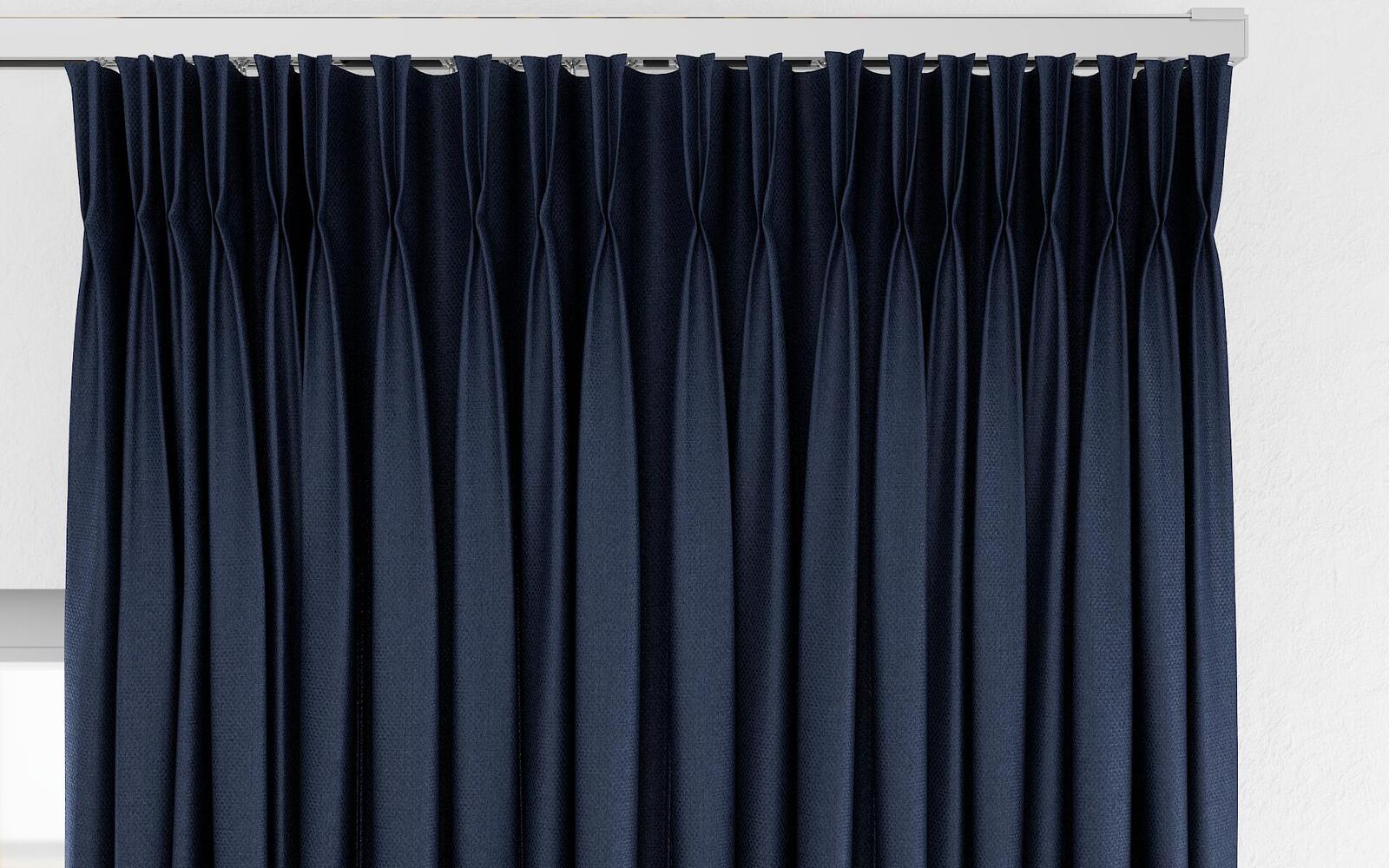Blinds and curtains serve as essential window treatments that combine functionality with aesthetic appeal in interior design. While both serve the primary purpose of controlling light and privacy, they offer distinct characteristics and benefits.
Curtains, typically made from fabric, add softness and warmth to a room’s ambiance. They come in various materials, from light, airy sheers to heavy, light-blocking velvet, allowing homeowners to create different moods and levels of privacy. The versatility of curtains extends to their styling options, with possibilities including pinch pleats, rod pockets, or grommets, each creating a unique visual effect.
Blinds, on the other hand, offer precise control over light and visibility through adjustable slats or vanes. Available in materials like wood, faux wood, aluminum, or vinyl, they provide a more structured and contemporary look. Vertical blinds work well for large windows and sliding doors, while horizontal blinds suit standard windows. Modern innovations include motorized options and cordless designs for enhanced safety and convenience.
The choice between blinds and curtains often depends on practical considerations such as ease of cleaning, durability, and climate control needs. Many homeowners opt to layer both treatments, combining the practical benefits of blinds with the decorative appeal of curtains to achieve both functionality and style.


